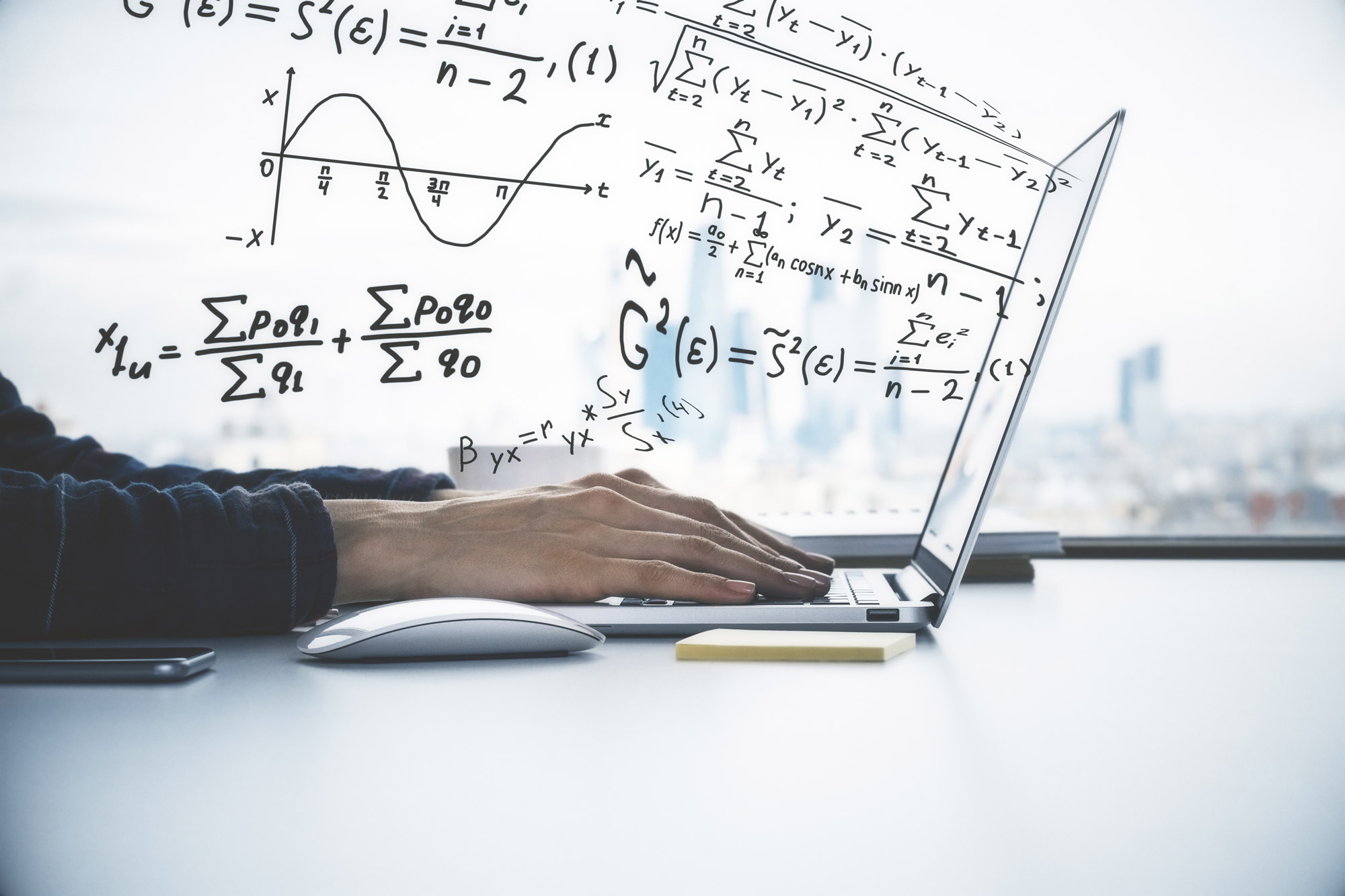Scientific Activity
To cover all these research areas, the INIT is divided into 10 sections
Image and Mathematical Modeling

- Stochastic and Markov processes, data analysis, free and non-parametric distribution methods, multivariate analysis, statistical inference techniques, statistical prediction techniques, time series, spatial and temporal-spatial statistics, analysis of large volumes of data, crystallography, mineralogy, earth sciences, air pollution, soils, natural resources, environmental management.
- Medical image segmentation and analysis, randomized Markov fields, MCMC methods, closed randomized sets, stereology, radiology, image fusion.
- Differential geometry, stereology, medical images, image volume processing, sectional, media, scalar and Ricci curvatures, differential invariants, variational calculus.
- Bohr duality and compaction, unitary duality, Lie groups, automatic continuity, Banach algebras, dynamic systems, valuations, singularities, desingularització methods, evaluation codes.



 Statistical analysis of events in space-time on networks and trajectories. (SpTNet) December 2016 – December 2020
Statistical analysis of events in space-time on networks and trajectories. (SpTNet) December 2016 – December 2020